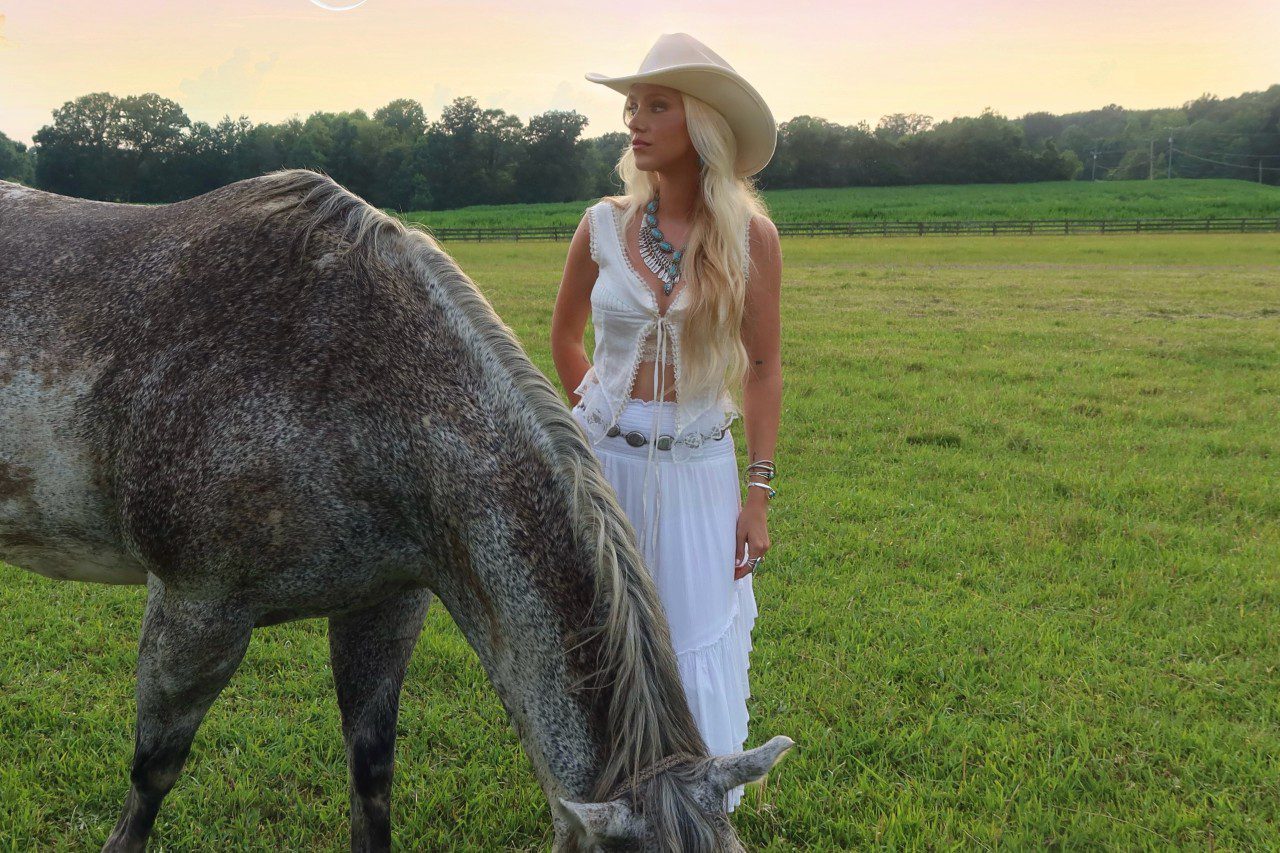
Why does country music love whiskey?
Country music and whiskey share a deep, storied relationship that has evolved over time, rooted in cultural, social and economic ties. This bond reflects a broader narrative of American history and identity, particularly in the Southern United States where both country music and whiskey have strong origins. In times of hardship or celebration, whiskey is often the thread that brings lyrics to life and drives the inspiration behind some of country’s greatest anthems.
Historical Roots
Whiskey, particularly bourbon, has long been a staple of American culture. Its production dates back to the 18th century with settlers in the Appalachian region. These early settlers, many of whom were of Scotch-Irish descent, brought with them a tradition of distilling spirits. Over time, whiskey became an integral part of Southern culture, symbolising resilience and self-sufficiency.
It was frequently liked with moonshine, a drink that took over the American South during prohibition. In the early days, particularly during the Wild West era (usually considered to be from 1866 to 1890), men would gather and socialise in one of two places: Church or the saloon. Whiskey at this time was considered a medical treatment, used to treat every ailment from common colds to antiseptic and even boredom (the effects of alcoholism were less known at this time, as you can imagine).
The birthplace of US whiskey is widely considered to be Virginia, Maryland and Pennsylvania, around 1791. Seen as an opportunity for the burgeoning nation of the USA to raise some much-needed funds, a whiskey tax was proposed, leading to what is now called the ‘Whiskey Rebellion’. It was during this time that Irish settlers in Kentucky and Tennessee would start producing the first American whiskeys. It’s important to note that the US’s perpetuation of slavery had an instrumental role in this, even the now-renowned Jack Daniels was taught to distil by a free slave called Nathan ‘Nearest’ Green. Slaves who had knowledge of the distilling process (from working on Caribbean sugar cane plantations making rum) were sold for a premium at auction. The men (only men were allowed to handle the distilling process, even among enslaved peoples) would be sold to some of the most recognisable names across the country, for example George Washington, who used slaves at his Mount Vernon Distillery and Elijah Craig, the ‘Father of Bourbon’, who owned 32 people in 1800, to manage their whiskey production.
The relationship between Jack Daniels and Nathan Green wasn’t so sinister in its occupation. The pair worked together and Green was the first master distiller to be hired by Daniels, as well as the first African-American master distiller on record in the United States. This work led to Green becoming moderately wealthy for the time and the relationship between Green and Daniels goes back further than the former’s emancipation. Green and Daniels first met when Daniels was only eight years old, keen to learn the still from a local preacher, who owned Green. Over the years, Green taught Daniels everything he knew, with the intention of making him “the world’s best whiskey distiller”. After the Emancipation Proclamation, Green was freed, but continued to work with Daniels (who was quick to employ the free man and at least three of his sons). There is no evidence that Daniels himself ever owned slaves or used slavery in his distillery. Direct descendants of Green continue to work in the Jack Daniels distillery to this day – and in whiskey in general, in fact, Victoria Eady Butler, the first ever female African-American master blender, is a direct descendent of Green – a testament to the family tradition of the company and how overriding prejudice makes truly lasting ties.
Read the full feature in our free digital magazine here: https://bit.ly/3WUe56j
Never miss a story… Follow us on:
Instagram: @Maverick.mag
Twitter: @Maverick_mag
Facebook: Maverick Magazine
Media Contact
Hannah Larvin, Editor, Maverick Magazine
Tel: +44 (0) 1622 823 920
Email: editor@maverick-country.com




